Using ColorPort for QTR grayscale and alt-process profiling
![]() ColorPort is free utility from XRite that allows users to make and measure profiling targets with a wide variety of spectrophotometers, including the versatile 1Pro. This software and hardware combination is the modern day equivalent to yesterdays densitometer that provides much more information and functionality. I've been using ColorPort on a daily basis since 2005 and love it's flexibility and versatility. If one is savvy enough to hack color patch…
ColorPort is free utility from XRite that allows users to make and measure profiling targets with a wide variety of spectrophotometers, including the versatile 1Pro. This software and hardware combination is the modern day equivalent to yesterdays densitometer that provides much more information and functionality. I've been using ColorPort on a daily basis since 2005 and love it's flexibility and versatility. If one is savvy enough to hack color patch…
New Stack-A-Matic script now optimized for night photography image stacking
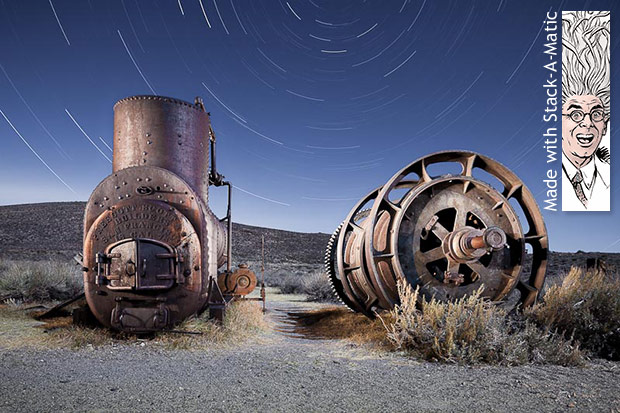 Night Photographers use a process called "image stacking" that allows us to (among other things) make extremely long, 1-8 hour exposures that would otherwise be impossible due to overexposure. We take several images that are "stacked" or combined into a single, composite image. Over the years I've used a variety of applications to stack these images together including Keith's Image Stacker, Startrails,exe, LR/Enfuse, "Open in Photoshop as Layers" and older…
Night Photographers use a process called "image stacking" that allows us to (among other things) make extremely long, 1-8 hour exposures that would otherwise be impossible due to overexposure. We take several images that are "stacked" or combined into a single, composite image. Over the years I've used a variety of applications to stack these images together including Keith's Image Stacker, Startrails,exe, LR/Enfuse, "Open in Photoshop as Layers" and older…
Photoshop vs Lightroom and "Is it real?"
Q: "When I process a RAW file, I use the RAW image processor in Photoshop. I then save it as a TIFF file (and then to a JPEG for clients and stock agencies). This already seems like so many steps. Why would I want to use Lightroom?" A: Photoshop wasn't designed to work with camera RAW files - it was designed to work with film scans. IMO, the Camera RAW plugin and Adobe Bridge represent an inelegant approach to modernizing an application based on 1980's technology. Lightroom is the new Photoshop written from the ground up with Camera RAW imaging in mind. It's a paradigm shift. With it, we…
Optimizing photos for viewing on the iPhone 4
Viewing photographs on the iPhone 4's 326dpi "Retina" display is absolutely incredible. It's a 1990's era dream come true. Text is easy for any display to render sharply but rendering fine photographic detail is quite another story. For many of us, phones and iPads have become portable portfolios that are fluid and easy to show people while on the go. Apple's new iPhone 4 takes portable image viewing to a new level, but there are some details towards getting optimal results that are worth mentioning for demanding users. In the past, zooming in on iPhone images led to disappointing results…
Canon x300 printer review
(with comparison to Epson x900 and HP Z3200 printers)
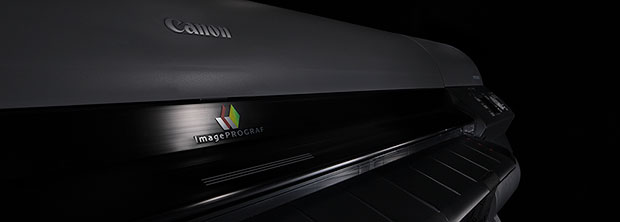 Canon's latest generation of large format printers offer an exciting mix of refinements. The 44" 8300, 24" 6300 and 6350 (which includes a hard drive) are referred to as the "x300 printers." I've had the pleasure of testing both the 8300 and 6300 printers alongside others as they've come to market. Instead of writing a super long in-depth review, I'd like to offer this relatively brief and…
Canon's latest generation of large format printers offer an exciting mix of refinements. The 44" 8300, 24" 6300 and 6350 (which includes a hard drive) are referred to as the "x300 printers." I've had the pleasure of testing both the 8300 and 6300 printers alongside others as they've come to market. Instead of writing a super long in-depth review, I'd like to offer this relatively brief and…
Client Spotlight: Dan Winters
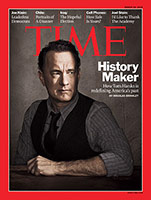 Dan Winters' unique ability to sculpt with light has long been a personal inspiration of mine. Now more than ever his work is everywhere. He's won more awards and contributes to more magazines than I can list. When I was in an airport a few weeks ago I glanced across a wide walkway full of people and caught a glimpse of this Time magazine cover of Tom Hanks on a newsstand. In that split second from some 80 feet away I just new it…
Dan Winters' unique ability to sculpt with light has long been a personal inspiration of mine. Now more than ever his work is everywhere. He's won more awards and contributes to more magazines than I can list. When I was in an airport a few weeks ago I glanced across a wide walkway full of people and caught a glimpse of this Time magazine cover of Tom Hanks on a newsstand. In that split second from some 80 feet away I just new it…
3 best value, high quality displays to watch [updated]
I've always been a fan of high-end displays like those from Eizo, Barco, Quato, NEC and the like. At the same time I recognize that these pinnacles of technology are hard for most people to justify. I love discovering displays that are affordable yet meet the demands of the most finicky printmakers. Simply put, some ~$800 displays hold up darn well against $2000+ displays when they are well calibrated and it's this "best value, high quality" category that I get excited about and often recommend to my clients.
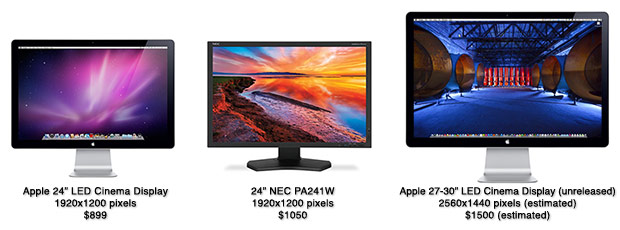
Photolab Silver Halide Color Management
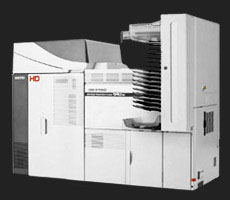 I've been managing color on Lightjet, Durst, ZBE Chromira, Agfa, Kodak and Noritsu machines since the mid-nineties. As a color management consultant with a background in photo lab work, this is close to my heart and an area of specialty for me. I've traveled across several continents consulting with some of the most demanding photo labs in the industry. I've…
I've been managing color on Lightjet, Durst, ZBE Chromira, Agfa, Kodak and Noritsu machines since the mid-nineties. As a color management consultant with a background in photo lab work, this is close to my heart and an area of specialty for me. I've traveled across several continents consulting with some of the most demanding photo labs in the industry. I've…
12 Pro Suggestions for developing your images in Lightroom / ACR
1 ) Make adjustments in the proper order working from the top down. Set white balance first, then Exposure, etc. Don't skip around. 2 ) Ignore the midtones when adjusting Exposure and consider only the white clipping point. One must ignore the midtones as they will be adjusted via Brightness later in the workflow. If some whites are clipped at 0, option/alt drag the Exposure slider to the left until all colored pixels are removed. 3 ) Skip or be modest with Clarity. While lots of clarity creates a look that's trendy right now, you might be surprised at how poor it can look when printed and…


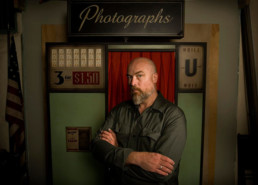
Digital negatives for alternative printing processes: a new approach
I am huge fan of the hand-crafted print, and spent a lot of the 90s making digital negatives on imagesetters, as well as studying various 19th century printing processes. It was 1992, I was slinging images in Photoshop 1, cranking out imagesetter negs after hours at my local service bureau and taking them into wet photographic darkrooms to pursue that unique, and ever-satisfying handmade print. A few years later, I interned at Dan Burkholder's studio and helped put together the first book on creating digital negatives for contact printing processes - a process that he deserves sole credit for…